
Cuisine
Liaoning cuisine
Liaoning cuisine is characterized by its use of hearty and flavorful dishes, and its emphasis on the natural flavors of the ingredients. It is known for its use of seafood and game meats, and its ability to create complex and rich flavors through careful cooking methods. The cuisine is divided into two main styles: Shenyang style and Dalian style. Shenyang style is known for its emphasis on hearty and filling dishes, while Dalian style is known for its lightness and freshness.
Typical ingredients
Seafood, Game meats, Poultry, Pork, Mushrooms, Soy sauce, Vinegar, Sugar, Shaoxing wine, Ginger, Scallions, Garlic
Presentation and garnishing
Dishes are often presented in a rustic and hearty manner, with an emphasis on the bold flavors and textures of the ingredients. Garnishes are used sparingly, and are typically simple and understated.
Liaoning cuisine is also known for its use of Shandong and Hebei cuisine techniques, which emphasize the use of hearty and flavorful dishes. Many of the dishes are also influenced by the cuisine of neighboring Jilin province.
More cuisines from this region...
Sichuan cuisine, Cantonese cuisine, Shanghai cuisine, Shanxi cuisine, Zhejiang cuisine, Putian cuisine, Shandong cuisine, Chiuchow cuisine, Teochew cuisine, Yunnan cuisine
History
Liaoning cuisine has a long history dating back to the Qing dynasty. It was heavily influenced by the cuisine of neighboring Shandong and Hebei provinces, and was further developed during the Republican era. The cuisine is closely tied to the region's geography, with its emphasis on seafood and game meats reflecting the province's location on the coast and along the border with North Korea.
Cultural significance
Liaoning cuisine is considered one of the most diverse and flavorful of the eight major Chinese cuisines. It is often served at local festivals and celebrations, and is associated with the region's cultural heritage. The cuisine is also closely tied to the region's natural resources, with many dishes featuring seafood and game meats.
Health benefits and considerations
Liaoning cuisine is known for its health benefits, with its emphasis on fresh ingredients and natural flavors. Many of the dishes are low in fat and calories, and are high in protein and vitamins. However, some dishes may be high in sodium or sugar, so it is important to eat them in moderation.
Liaoning cuisine recipes Browse all »
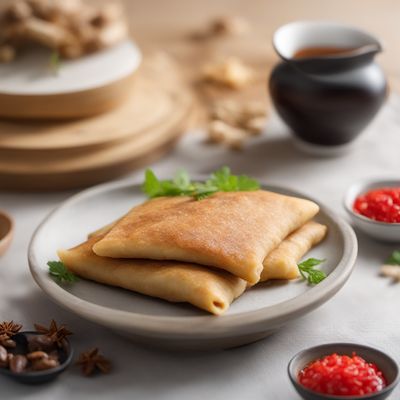
Liaoning-style Stuffed Pancakes
Savory Delights: Liaoning-style Stuffed Pancakes

Liaoning-style Spicy Braised Chicken
Fiery Chicken Delight: Liaoning-style Spicy Braised Chicken
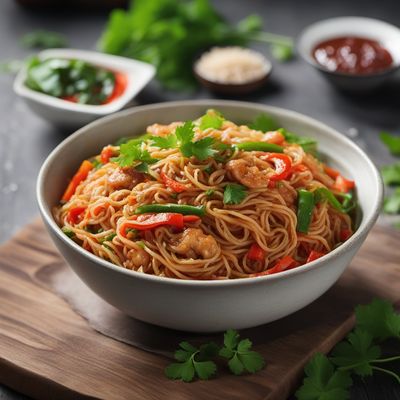
Liaoning-style Crispy Noodle Delight
Golden Crunch: Liaoning-inspired Crispy Noodle Delight
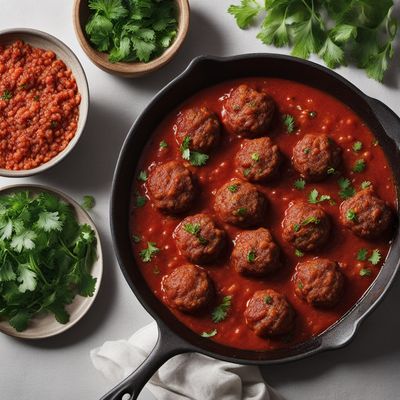
Liaoning-style Spicy Meatballs
Fiery Meatballs with a Liaoning Twist
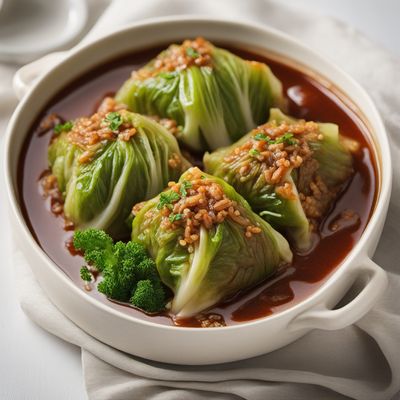
Liaoning-style Stuffed Cabbage Rolls
Savory Liaoning Cabbage Delight
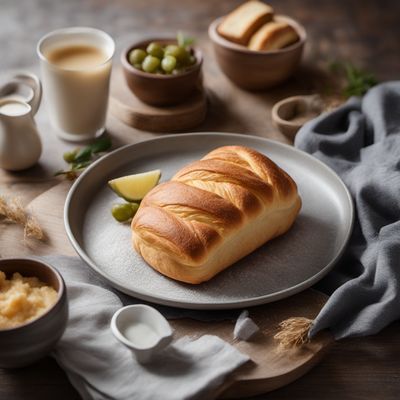
Liaoning-style Fluffy Milk Bread
Silky Clouds: Liaoning-style Fluffy Milk Bread

Liaoning-style Black Sesame Rice Porridge
Savory Black Sesame Rice Porridge: A Liaoning Delight

Liaoning-style Stir-Fried Noodles with Spicy Pork
Fiery Liaoning Noodles: A Spicy Twist on a Classic Dish

Liaoning-style Pudding and Souse
Savory Delights: Liaoning-style Pudding and Souse
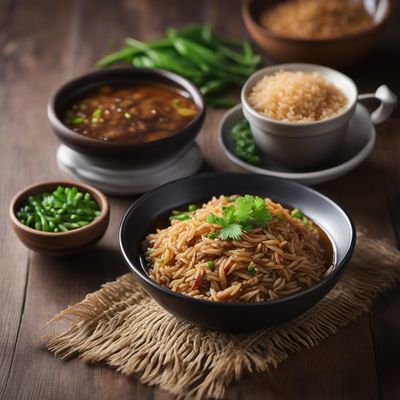
Liaoning-style Anchovy Rice
Savory Liaoning Anchovy Rice: A Fusion of Turkish and Chinese Flavors

Liaoning-style Seafood Stew
Flavors of the Sea: Liaoning-style Seafood Stew
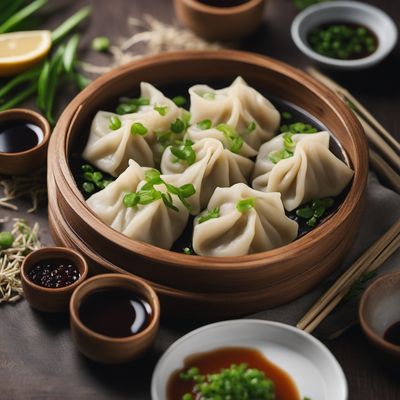
Liaoning-style Smearcase Dumplings
Savory Liaoning Dumplings: A Fusion of Pennsylvania Dutch and Northeast Chinese Flavors